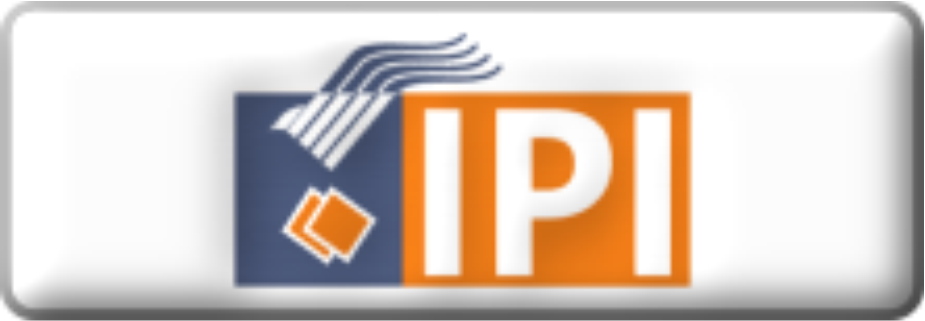Development of distance glove for blind people as an alternative tool
Abstract
The eye was one of the senses that functions to record a state or condition so that humans could know the object they see. However, not all humans were created with normal eye conditions; some had visual disturbances from birth. Blind people generally use a walking aid in the form of a cane or a trained dog to help with movement and increase safety and independence during activities. This research aimed to produce gloves as a tool for blind people who had a distance accuracy from the ultrasonic sensor. This research was a research development (R&D). The results showed that the average error percentage was 1.75% for the ultrasonic sensor one and the average error percentage was 2.13% for the ultrasonic sensor 2. So it can be concluded that the research data obtained has a research accuracy of 98.25% for the ultrasonic sensor 1 and 97.87% for the sensor. Ultrasonic 2. The maximum distance that the two ultrasonic sensors can read is 55 cm; at that distance, the two ultrasonic sensors will work properly. For distances above the maximum distance, the ultrasonic sensor cannot do.
Keywords
Full Text:
PDFReferences
Melinda, C. L. et all. (2018). Implementasi Pengalaman Panca Indra pada Interior Restoran Shao Kao Surabaya. Jurnal Intra, 6(2), 786-791
Hermawan, A.P. (2014). Intensitas Pencahayaan dan Kelainan Refraksi Mata Terhadap Kelelahan Mata. Jurnal Kesehatan Masyarakat, 9(2), 131-136.
Kementrian Kesehatan RI. (2014). Buletin Jendela Data dan Informasi Kesehatan: Situasi Penyandang Disabilitas. Jakarta: Kemenkes RI.
DISPERMADESDUKCAPIL Provinsi Jawa Tengah. (2019). Kependudukan Kabupaten Wonosobo. Diakses Desember 2019. https://sidesa.jatengprov.go.id/kabupaten/33.07
Purnomo, E.S. et al. (2015)..Handsight: Hand Mounted Device untuk Membantu Tunanetra Berbasis Ultrasonik dan Arduino. Jurnal Teknologi dan Sistem Komputer, 3(1). 51-57.
Sumarsono dan Saptaningtyas, D.W. (2018). Pengembangan Mikrokontroler Sebagai Remote Control Berbasis Android. Jurnal Teknik Informatika, 11(1), 67-75. DOI:10.15408/jti.v11i1.6293
Hamid, R. (2017). Rancang Bangun Robot Pengangkat Box Berbasis Mikrokontroler ATmega 16. Jurnal PROtek, 4(2), 93-101.
Guven, Y. et al. (2017). Understanding the Concept of Microcontroller Based System to Choose the Best Hardware For Applications. International Journal Of Engineering and Science, 6(9), 38-44.
Latha N.A. et al. (2016). Distance Sensing With Ultrasonic Sensor and Arduino. International Journal Of Advance Research, Ideas, and Inovation in Technology, 2(5), 1-5.
Koval L., Vanus J., and Bilik P. (2016). Distance Measuring by Ultrasonic Sensor. International Federation of Automatic Control (IFAC), 153-158.
Setiawan, C. (2017). Prototype Alat Bantu Tuna Netra Berupa Tongkat Menggunakan Arduino dan Sensor Ultrasonik. Journal of Information and Technology, 5(2).
Gatra W, K. et al. (2011). Desain Sensor Jarak dengan Output Suara Sebagai Alat Bantu Jalan Bagi Penyandang Tunanetra. Surabaya: Politeknik Elektronika Negeri Surabaya.
Sugiyono. (2011). Metode Penelitian Kuantitatif, Kualitatif, dan R&D. Bandung: Alfabeta.
Kadir, A. (2016). Simulasi Arduino. Jakarta: PT Elex Media Komputindo.
Briggita M.K. (2017). Alat Ukur Tinggi Badan Otomatis dengan Sensor Ultrasonik Berbasis Mikrokontroler dengan Tampilan LCD Bergerak dan Suara. Yogyakarta: Universitas Sanata Dharma.
Nasution, R. Y. et al. (2015). Perancang dan Implementasi Tune Gitar Otomatis dengan Penggerak Motor Servo Berbasis Arduino. Jurnal Elektro Telekomunikasi Terapan. 83-94
DOI: http://dx.doi.org/10.30870/gravity.v6i2.8558
Refbacks
- There are currently no refbacks.
Gravity has been indexed by:
_Kecil1.jpg)
| |
      |
| Gravity : Jurnal Ilmiah Penelitian dan Pembelajaran Fisika is publihed by Department of Physics Education, Universitas Sultan Ageng Tirtayasa jointly with Physical Society of Indonesia (PSI) | |
 | Gravity : Jurnal Ilmiah Penelitian dan Pembelajaran Fisika is licensed under a Creative Commons Attribution-ShareAlike 4.0 International License Copyright © 2020, Gravity: Jurnal Ilmiah Penelitian dan Pembelajaran Fisika. |







